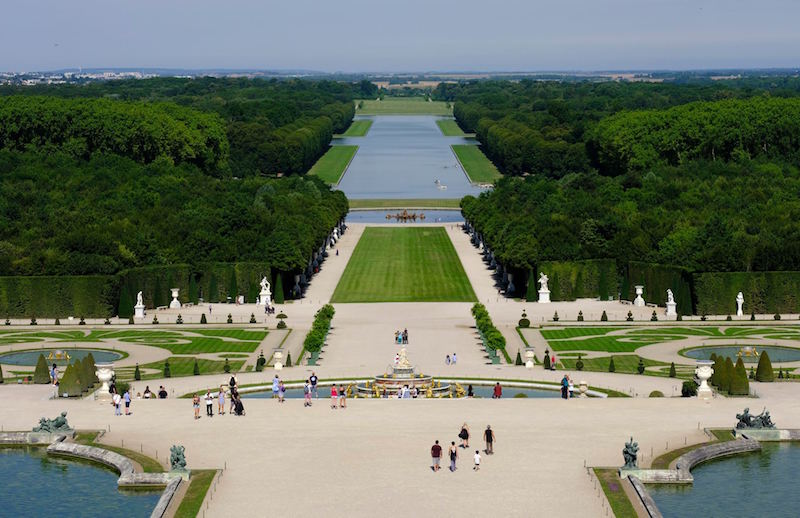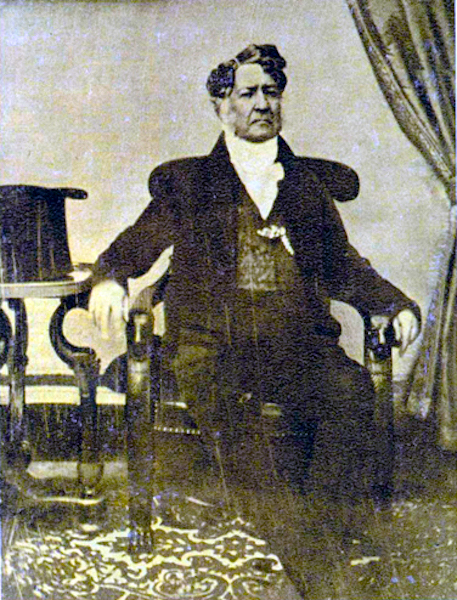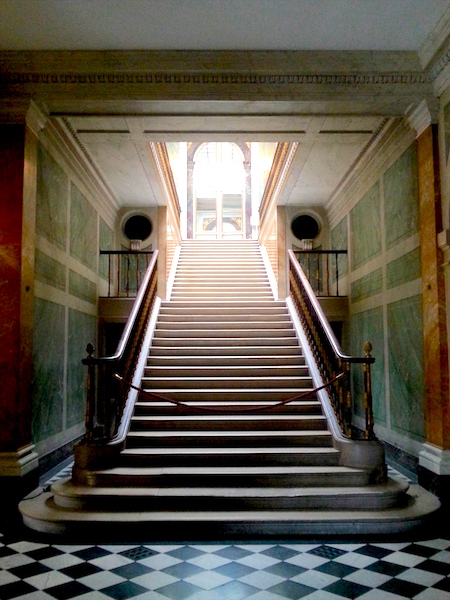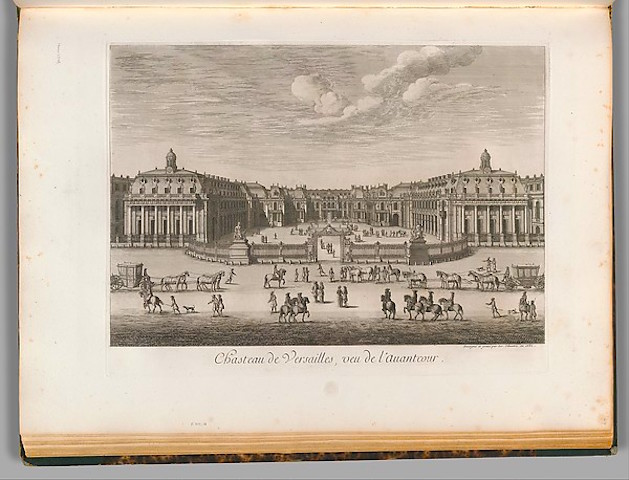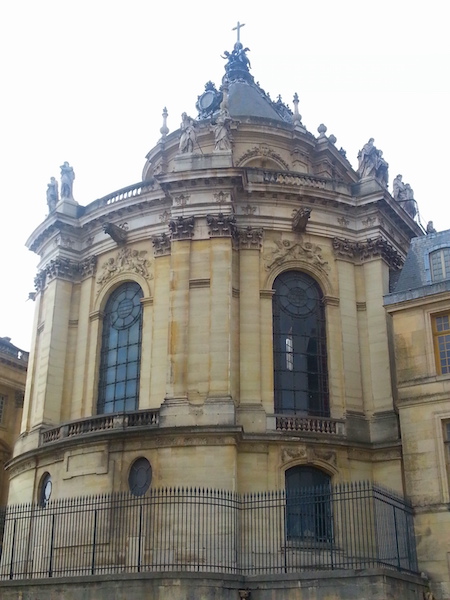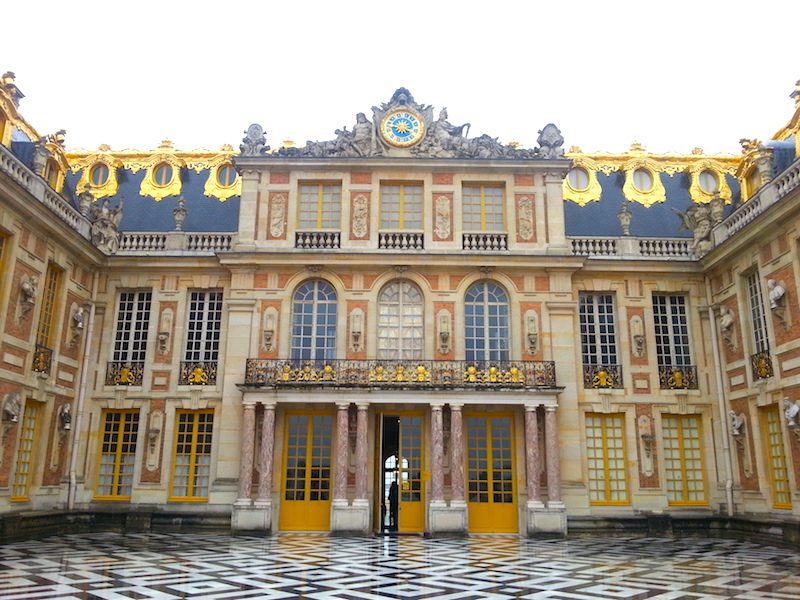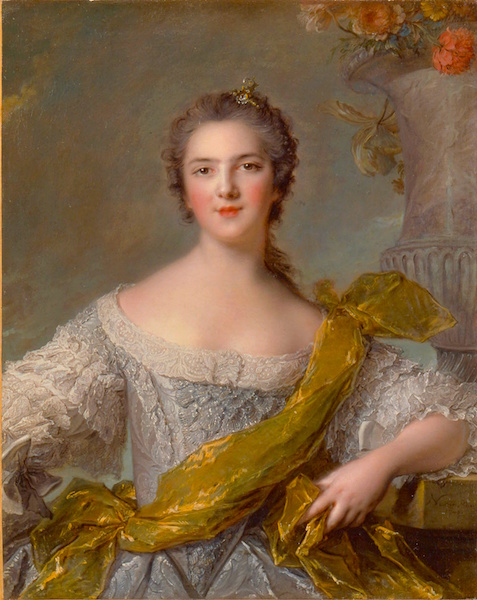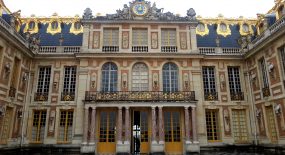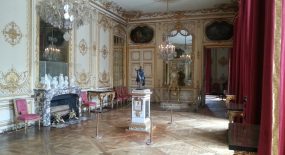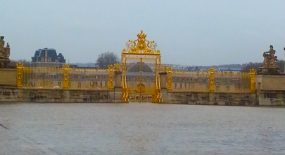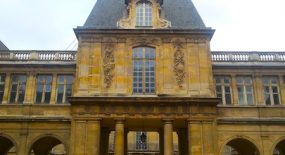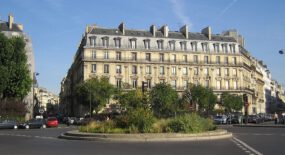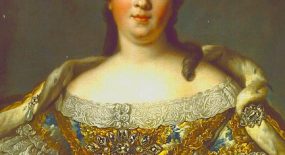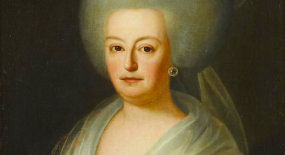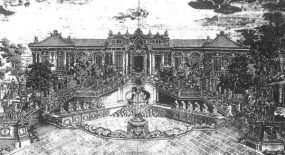Mme de Boigne (1781-1866), née Adèle d’Osmond, was a French salon hostess and writer. She was born in the Château de Versailles and lived at the court of Louis XVI and Marie-Antoinette until her family fled to England during the Revolution. Later in her long life, she married a rich soldier of fortune 30 years her senior, hosted a brilliant salon in Paris, and became an intimate of the last French queen, Marie-Amélie, consort of King Louis Philippe (r. 1830-1848). Childless herself, Mme de Boigne addressed her memoirs to her nephew. The memoirs were not published until 1907, under the title Récits d’une tante, or An Aunt’s Tales. They’ve never been published in English, as far as I know, so I’ve decided to translate the first 5 chapters, the ones that take place mainly at Versailles, and post them here on this blog for interested readers to enjoy for free.
The chapters are quite lengthy, so I’ve broken each one into several parts. In Part 1.2 (see below), Mme de Boigne introduces the Dillons, her mother’s Irish family, and narrates the story of her parents’ difficult road to the altar. Her mother, though beautiful and kind, had hardly a penny, you see…
A CHILDHOOD AT VERSAILLES, PART 1.2
I must now speak of my mother’s family. Mr. Robert Dillon, of the Dillons of Roscommon, was an Irish Catholic gentleman possessed of a pretty fortune. To augment it, given the state of Catholic disability, he entrusted it to one of his brothers to turn it to account in trade. Mr. Dillon had married a rich heiress by whom he had an only daughter, Lady Swinburne. Becoming widowed, he married Miss Dicconson, the youngest of three sisters, all beautiful as angels, whom their father, the governor of the Prince of Wales, had raised at Saint-Germain. At the time of the wedding the parents had returned to England and established themselves at their home in Lancashire, a very beautiful estate.
Mr. Dillon and his charming wife settled in Worcestershire, and it was there that my mother and her six older siblings were born. However, the brother in charge of the business affairs in Ireland died, and it became apparent that he had managed them badly. Mr. Dillon was obliged to take charge of them himself. The most important trade was with Bordeaux, and he decided to go there and take his family with him. He liked it there, and his wife, who had been raised in France, preferred it to England. He took a beautiful house in Bordeaux, bought a small estate called Terrefort nearby, and was living the life of a rich man when, rising from table one day, he clapped his hand to his head, cried, “Oh, my poor wife! My poor children!” and expired.
His exclamation was quite justified. He left Mme Dillon, aged thirty-two and pregnant with her thirteenth child, in a foreign land without a single relative or close connection, which the excessive jealousy of her husband would scarcely have tolerated. This very isolation aroused interest and inspired protectors to step forward. Her affairs, of which she had no notion, were looked into. The upshot, as was discovered, was that Mr. Dillon had been living off capital that was about run out. She was left with thirteen children and nothing to live on but a small property three leagues from Bordeaux that might produce four thousand a year in revenue.
Mme Dillon was still quite lovely, very kind and very virtuous. Her children were also of a striking beauty. This lovely, abandoned brood attracted interest and solicitude. Everyone wanted to fly to their aid. Such numbers did, in fact, that without ever leaving her little turrets at Terrefort, my grandmother kept up our family name and somehow unlocked the secret to raising thirteen children and establishing them in positions that promised a brilliant future. Then the Revolution brought all their careers to a halt. At the time of which I am speaking, only my mother remained to be married off. She was beautiful and kind, but she had not a penny to her name.
Continue reading
